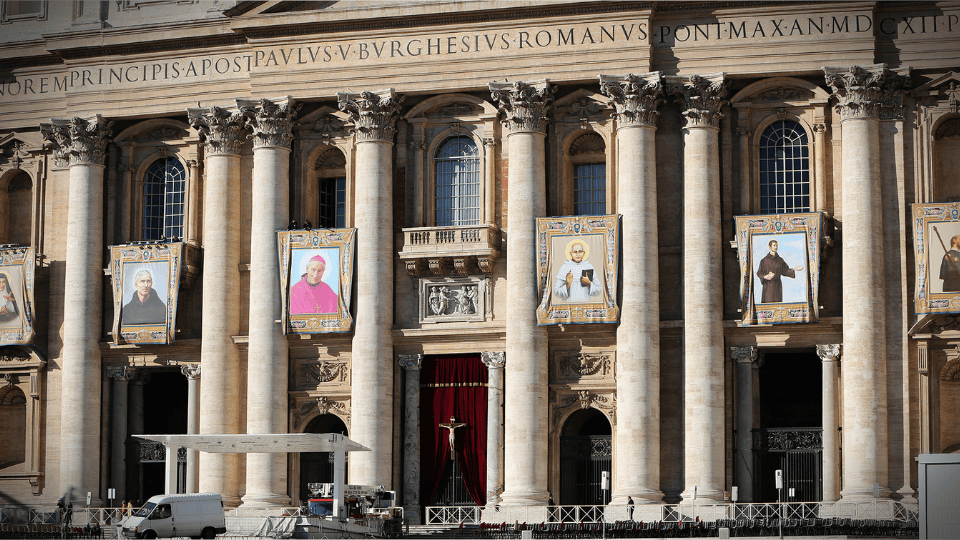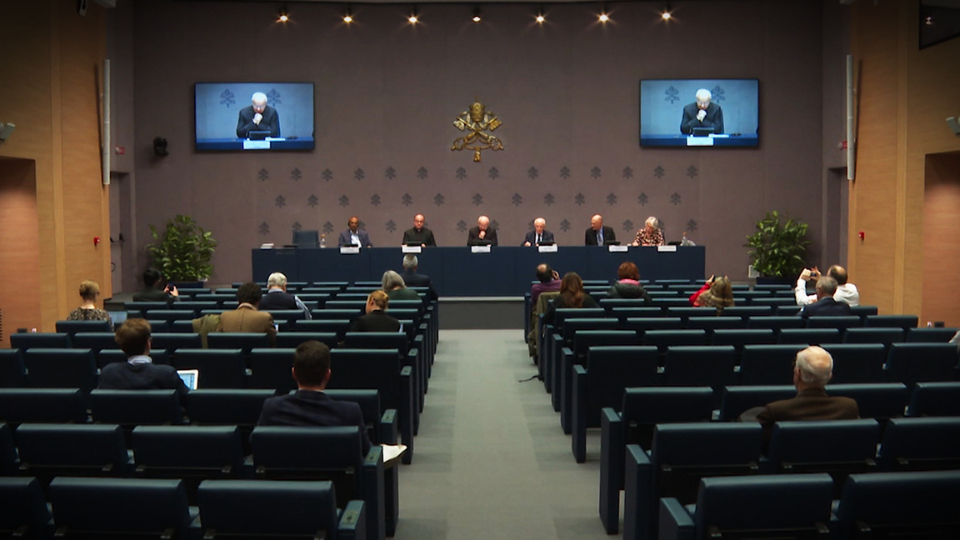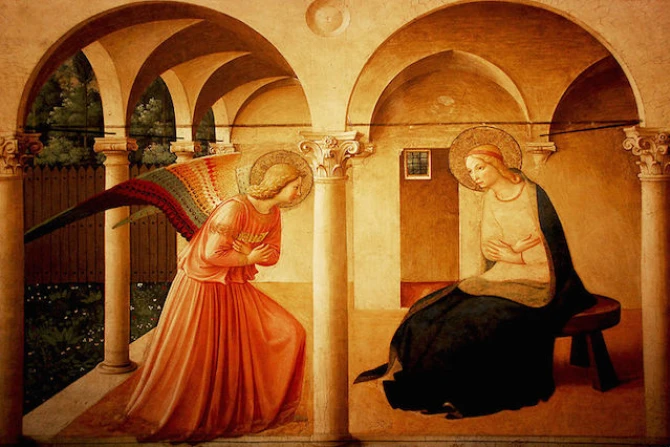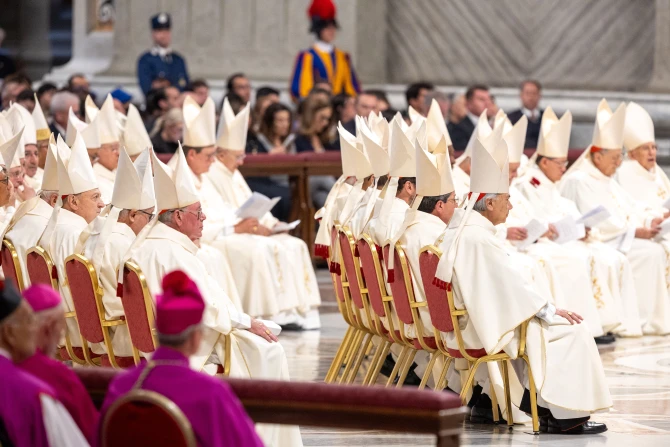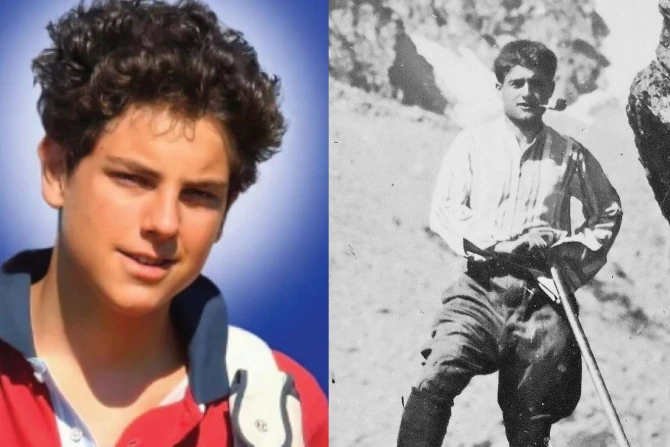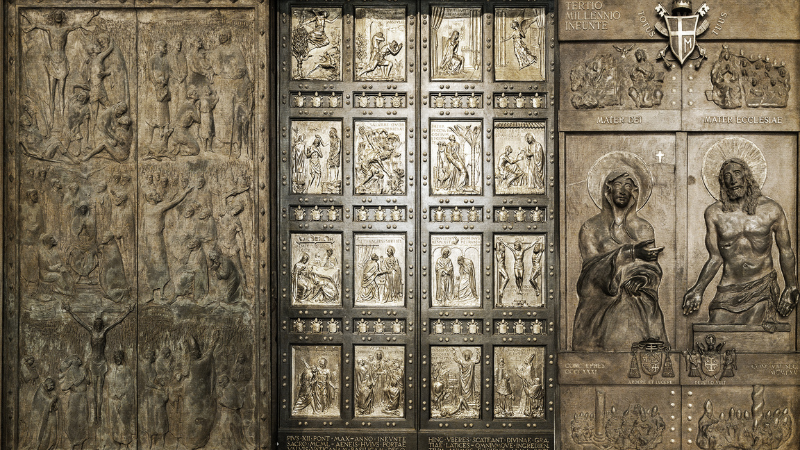In this jubilee year, the Church will welcome some very well-known Catholics into the ranks of the saints. The most prominent is Carlo Acutis, who will be canonized on April 27th during the jubilee for teenagers.
While still in the hospital, this February, Pope Francis approved two more canonizations. These could also take place this year. Andreas Thonhauser, EWTN Vatican Bureau Chief, met with the head of the Vatican department for saints, Cardinal Marcello Semeraro to learn more about the process leading to sainthood.
This is the place where saints are created. Can you tell us a little bit more about your dicastery?
“Allow me to correct this a little bit because this is the place where we conclude a journey. It begins on a local level. At the beginning we give a ‘Nulla Osta,’ a ‘go ahead,’ if there are no obstacles.”
During the visit, Cardinal Marcello Semeraro presented the offices of his dicastery. He showed us the big archive, where all the documentations of the so-called causes for sainthood are being stored.
Some of them are very old, such as the files of the life of saint Charles Borromeo.
But also, the approvals of the popes are stored in this archive. Here we can see a signed document by Pope St. John XXIII.
“This is the one the Pope has approved just a few days ago.”
Cardinal Marcello Semeraro holds the documentation of the life of Bartolo Longo. His story is close to the Prefect.
“He is from my diocese.”
Born in the Italian province of Brindisi in 1841, Bartolo Longo was attracted by spiritualism and became a satanic priest. The Virgin Mary played a decisive role in his conversion process. He later founded the famous rosary shrine in Pompeii. St. John Paul II called him therefore “the man of the virgin.”
He was one of the most ardent promoters of the rosary in his time. But he also cared for the poor. Adjacent to the shrine in Pompeii he founded a large orphanage for hundreds of children.
Pope Francis just approved his canonization. Thonhauser asked:
Even while he was sick and in the hospital, it was important to him to sign those documents.
“Well, yes, we sent him the documents with all the minutes and everything.
“Bartolo Longo was among them. He was a man who founded a city of charity. These are aspects that I think today’s society is very sensitive to. It is better to be a Christian without much talking than to talk a lot and not to live a Christian life.”
The other recently approved cause concerns a doctor from Venezuela, José Gregorio Hernández Cisnero.
Both causes came to a close in this special meeting room.
Thonhauser continued the interview:
How many causes are you discussing here?
“We discuss at least six causes per month.”
These discussions between cardinals, bishops and sometimes medical and historical experts are vital for the canonization process. A life is being vetted from all angles, several times.
For sainthood, usually two miracles are needed, one before and one after the beatification.
These miracles are examined by medical experts to exclude human intervention in the healing process. A second factor is the connection between the prayer for intercession and the subsequent healing. Only when both factors are proven, can a miracle be accepted.
Cardinal Semeraro uses the example of Blessed Carlo Acutis’ 2nd approved miracle experienced by a girl in Costa Rica in 2022. She had a terrible bicycle accident and almost died in the hospital from a brain hemorrhage:
“The miracle occurred because she had a very serious accident and she asked for the intercession of Carlo Acutis so that she would not die. And this is what followed. It was, for us, what we call a ‘decisive’ miracle that is decisive for us. The exclusion of human intervention is important.”
Ultimately, it is the pope who has to approve the recommendations of Cardinal Marcello Semeraro and his team.
If there is one thing, the prefect has learnt from his work that sainthood is not just for heroes:
“Holiness is not something that is realized in heroes, like those in Greek and Roman mythology, Prometheus, Ulysses, those great ones. Holiness is within the reach of everyone. It is a call addressed to everyone. St. Augustine said: “If he did it, I can do it.” Pope Francis has followed this practice.”
Maybe it is the example of the Jubilee Saints such as Carlo Acutis or Piergiorgio Frassati, who will inspire all of us to live – just like them.
Adapted by Jacob Stein

